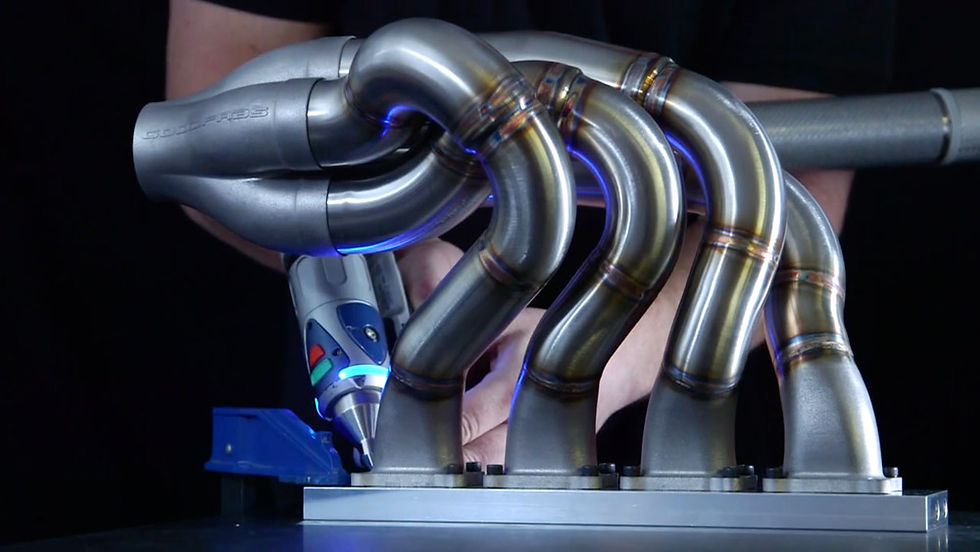What is springback in bending?
- Good Fabrications Ltd
- Aug 26, 2020
- 2 min read

At Goodfabs we form many materials on a daily basis. The forming of some of the exotic materials such as Inconel, Titanium and Stainless steel requires an expertise. Exactly the expertise we have gained over all the years we have been active.
Next to understanding the bend allowances in the materials we form, there is also a factor called ‘Springback’ we need to take into account.
This springback occurs not only in the sheet metal forming, but also in the tube bending we perform on a daily basis.
Understanding springback
To understand this springback we need to go back to the basics of the materials and its properties.
Each material has mechanical properties, those properties, to a great deal, inform of its behaviour and in which applications the material can be used. For example what temperatures the materials can be used in and – in the case of exhaust and performance engineering – whether the are suitable in hight temperature applications.
One of the mechanical properties in materials is the tensile properties and tensile strength, when we put it simple: “this is the maximum load a material can support without breaking”.
One of the other tensile properties is the Yield Strength, which simple put is the stress you can put on a material at which the material is starting to permanently deform and not return to its original position.
How does this affect the bending materials?
When a material is bent we basically compress the inside of the bend and stretch the outside of the bend.
By doing this, a tension is created in the outer side of the material which could be referred to as strain (which is the relative change in length under the applied stress).
The inside of the bend is actually compressed (which is why often you can see the inside of bends being rippled).
Location of Neutral axis
As mentioned, the Yield strength is only one factor which influences this behaviour.
In our previous topic about bend allowance, we have discussed the neutral axis of the material.
The location of this axis is different for each material and each thickness and is the location where (in theory) there are no stresses.
If we consider that stresses are affecting the springback and the bending, this puts another piece to understanding this puzzle.
The thicker the material, the more springback you are likely to face. This can be explained by the location of this neutral axis.
When something is thicker, the distance to the neutral axis is actually longer which will result in a higher tensile stress due to the material being ‘stretched more’ on that location.
Overbending
Next to the above reasons, there are numerous of other factors which influence the behaviour of a material while it’s being bent or manipulated.
To account for all of these, our experienced benders know exactly what percentage of overbending they need to apply to ensure the part is within the specification.
Only by having this experience we can achieve the perfect results every single day and deliver custom hand fabricated pieces to the highest standards to our customers.
If you have any bending requirements, feel free to contact us and one of our experts will get in touch with you shortly to discuss you project and what is possible.



